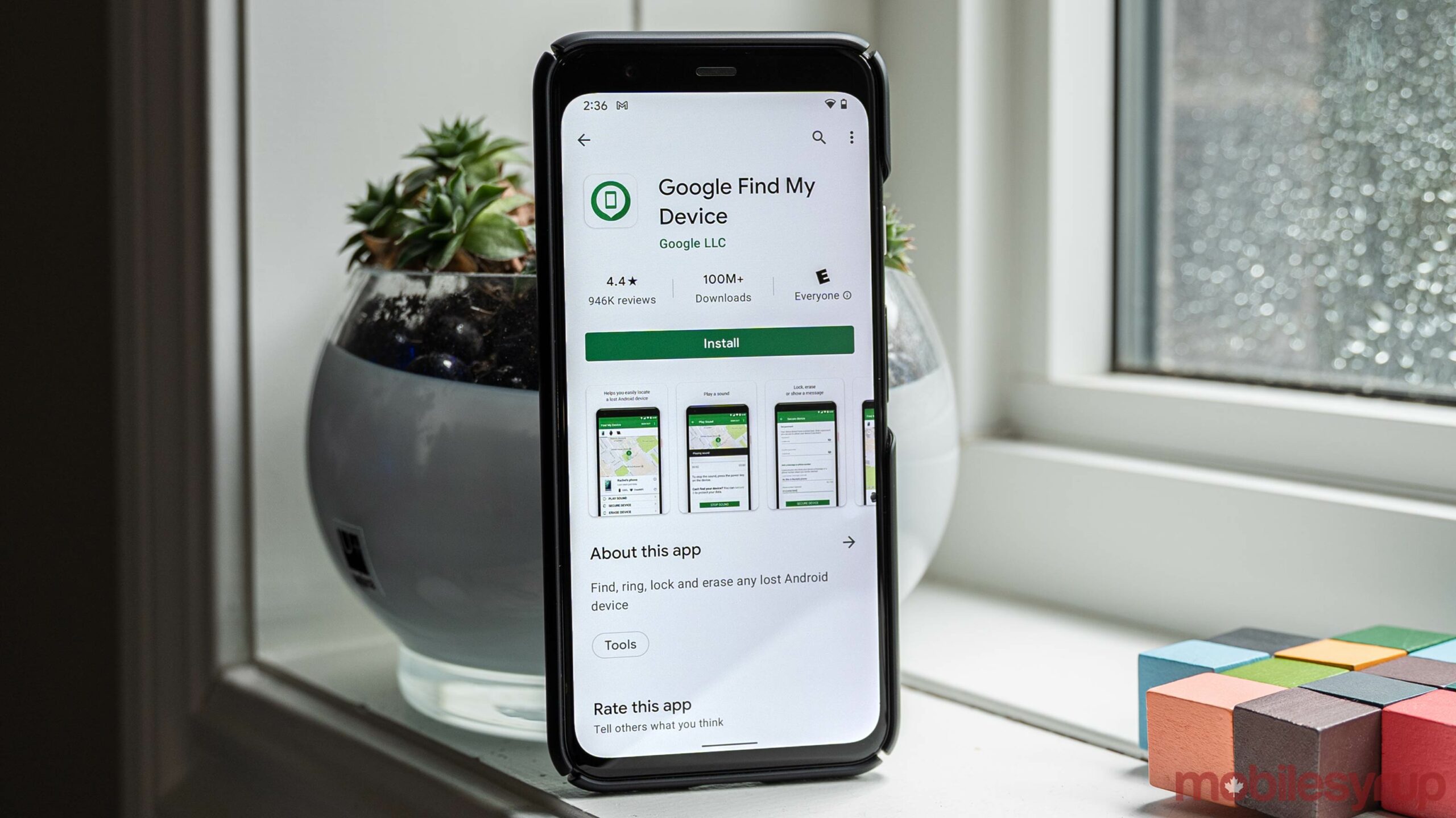
Apple’s ‘Find My‘ network and AirTag trackers have gotten a lot of hype lately, and for good reason — now it seems Google may follow suit with its own finding network.
AirTags are little more than fancy Bluetooth tracking devices with an Apple logo and some ultra-wideband (UWB) tech. However, the Find My network is a big addition that leverages roughly 1 billion iPhones that can pick up nearby signals — be they Bluetooth or UWB — from AirTag trackers and privately share that information to the Find My network so other iPhone users can track down missing stuff.
One feature that sets Apple’s Find My network apart from competitors like Tile is that it’s built-in to iPhones and leverages a much broader install base, whereas Tile can only leverage phones with the Tile app installed to power its crowd-sourced finding network.
Having a large install base makes these apps more reliable, since that means there are more phones to detect trackers and add those details to the network. There are over 3 billion Android devices around the world — if Google launched a Find My-like network, it could potentially have a massive install base. Well, it may happen.
APK teardown points to Google ‘Find My Device’ network
According to two recent APK teardowns, Google appears to be developing a ‘Find My Device’ network within its existing ‘Find My Device‘ app. In its current state, Google’s Find My Device app uses a mix of connectivity standards, like Wi-Fi, data and GPS, to locate missing devices. However, there are several limitations — devices must be turned on, signed in to a Google account, connected to the internet, have location turned on and have Find My Device turned on. Some of these limitations also apply to Apple’s Find My network, but it doesn’t need a lost device to connect to the internet, nor does it require a device to be on.
XDA Developers tore down Play Services APK version 21.24.13, which included some code that mentioned a ‘find my device network.’ As a quick aside, APK teardowns involve cracking open app files from the Play Store and scouring the code for hints about upcoming features. While some work-in-progress code can hint at new capabilities, it’s important to take findings with a grain of salt — code can be misinterpreted, or work may be canned before a feature releases.
With that said, the two lines of code spotted by XDA specifically describe the ‘find my device network’ as being able to “help locate your and other people’s devices.” That makes it pretty clear what the feature will do when it arrives. Further, this network would rely on Google Play Service, a core component of the Google Mobile Services (GMS) package that comes installed on almost every Android device (excluding those sold in China).
People may be able to toggle use of Find My Device network in settings
Further to XDA’s discovery, 9to5Google was able to turn on the Find My Network in its teardown. When enabled, the Find My Device menu in Android’s Settings app gained a new toggle that would allow users to opt in to the Find My Device network. The description for the toggle matches the code found by XDA.
9to5 also discovered an underlying API for the Find My Device network called ‘Spot.’ The API is connected to something called the ‘Eddystone protocol‘ that Google worked on in the mid-2010s. According to 9to5, the Eddystone protocol would handle “proximity beacon messages” and was part of Google’s goal to create a ‘physical web’ where real-world objects could interact with a smartphone. It was involved in Google’s ‘Nearby’ notifications, a project the company discontinued in 2018 due to spam. Nearby notifications could surface relevant information to users based on where they were located — for example, someone visiting a museum could get a notification with a guide to said museum.
It’s not entirely clear how all these pieces fit together, but it sounds like Google may repurpose some of Eddystone and the Nearby features into Spot to help users find missing devices. Further, 9to5 reports that Spot will likely become an app with “a vaguely triangular icon,” but it’s not clear how that app relates to the Find My Device network.
Privacy would have to be a key feature
All this is to say Google’s working on some sort of finding network, likely to compete with Apple’s Find My. If executed properly, Google’s version could potentially be more powerful thanks to the larger number of Android devices. I could also see Google making the platform open and bringing in third-party tracking devices, or potentially leveraging its Google Maps platform to help people locate missing items. Of course, that’s all speculation, but it’d be neat to see.
However, Apple has already come under fire for potential privacy and security issues with its Find My network. Perhaps the biggest concern is that stalkers could use AirTag trackers to keep tabs on the location of someone else. Apple already released updates to mitigate that possibility. If Google does get into the finding game, it’ll need to build security and privacy into the system at every level and work to make sure trackers on its network can’t be abused by stalkers or other malicious actors.
Source: XDA Developers, 9to5Google
MobileSyrup may earn a commission from purchases made via our links, which helps fund the journalism we provide free on our website. These links do not influence our editorial content. Support us here.


